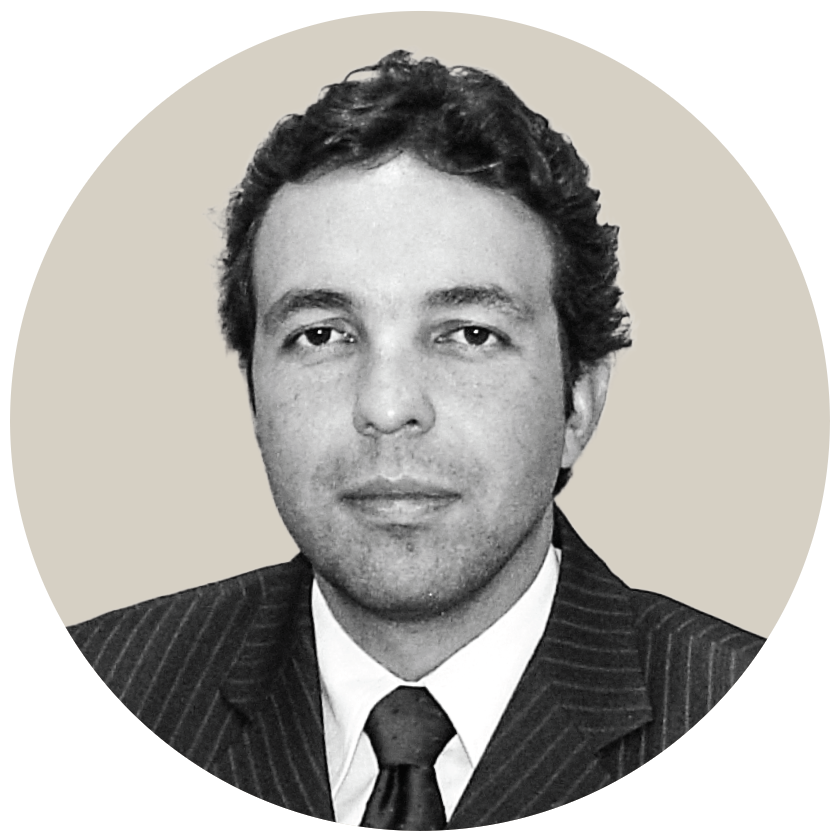
Marcelo Vogler de Moraes
Manager of Pharmacovigilance, Anvisa

Photo: Fábio Roque, @roquefabio, unsplash.com
Despite the difficulties in monitoring drug safety in a country with more than 200 million inhabitants, Brazil's pharmacovigilance system is undergoing profound change.
Brazil is a country of continental dimensions, with more than 210 million inhabitants living in 5,570 municipalities across 27 states. Projections for 2022 estimate that Brazil will be the fifth-largest drug market in the world, with more than USD 200 per person spent on medicines. In 2017, more than 4.4 billion items were sold. These numbers give an idea of the difficulties of monitoring drug safety in the country.
The national pharmacovigilance centre in Brazil is the Pharmacovigilance Management Unit (GFARM) of the Brazilian health regulatory agency (Anvisa), which coordinates the pharmacovigilance system, undertaking the surveillance of adverse events related to medicines at a national level, and formulating and implementing technical and operational guidelines, regulations, and standards.
The Brazilian pharmacovigilance system meets the requirements established by WHO, with a clear risk communication strategy, a national spontaneous electronic reporting system (Notivisa) with its own database, and an advisory committee responsible for technical support to GFARM. The system embraces state government health agencies responsible for pharmacovigilance-related activities at regional level, as well as the Ministry of Health, which can take action on medicines that are part of public health programmes, such as vaccines, anti-tuberculosis drugs, medicines against AIDS, and antimalarial drugs.
One source of data for post-marketing product monitoring is the network of hospitals (known as a sentinel network) that acts as an observatory for studying the performance and safety of regularly used products in the country. This net- work, through patient safety units, is responsible for actively monitoring adverse events in sentinel hospitals, contributing to the safety of medicines in use in the country.
In recent years, GFARM has been required to reassess and improve the pharmacovigilance system to comply with international commitments made by Anvisa. With Brazil’s entry into the International Council for Harmonisation of Technical Requirements for Pharmaceuticals for Human Use (ICH), the incorporation of ICH guidelines became mandatory, especially those for pharmacovigilance (namely E2B, E2D, and M1). This, reinforced by the need to send individual case safety reports (ICSRs) to the Uppsala Monitoring Centre, accelerated the replacement process for Notivisa and the revision of the regulatory framework for pharmacovigilance in Brazil.
In 2018, a decision was made to abandon the process of acquiring a new electronic system – with a budget of millions of dollars – and start negotiations to adopt VigiFlow. This decision was driven by VigiFlow’s low cost, rapid implementation, the availability of features previously lacking in Notivisa, and suitability in view of E2B and M1 guidelines.
On 10 December 2018, VigiFlow was launched in Brazil under the name VigiMed. A preliminary assessment of its use shows that the number of ICSRs sent in by citizens tripled from 1 January 2019 to 30 June 2019, compared to the same period for 2018 in Notivisa. This significant growth can be credited to the ease of access and simplicity of the e-reporting form, representing a major advance in reducing underreporting in this type of reporter.
There were also significant increases in the number of ICSRs sent by Brazil to VigiBase. In the first half of 2019, 60 per cent more ICSRs were sent to VigiBase via VigiFlow than in the same period of 2018 using Notivisa. This number should increase further over the coming months with the additional use of VigiFlow by sentinel network hospitals that have not yet gained access.
The Notivisa system is now in the process of being discontinued as all remaining users are being migrated to VigiMed.
The advances reflected in these figures, as well as Brazil's goal of fully incorporating the ICH E2B, E2D, and M1 guidelines as early as 2020, represent a historic milestone for pharmacovigilance in the country. They demonstrate the importance of adopting VigiFlow, without which these achievements would not have been possible in such a short time and at such a low cost.
The annual #MedSafetyWeek campaign reminds us that medicines work best when they're safe. In Aligarh, healthcare workers came together to make that message a living reality.
19 November 2025
Since 2020, the ICPV has worked to improve drug safety reporting at Instituto Nacional de Cardiología Ignacio Chávez, with promising outcomes.
16 October 2025
Two-thirds of pharmacists in Nigeria witness weekly cough syrup abuse, yet poor reporting systems and unclear guidelines prevent effective intervention, leaving its youth at risk.
03 December 2025